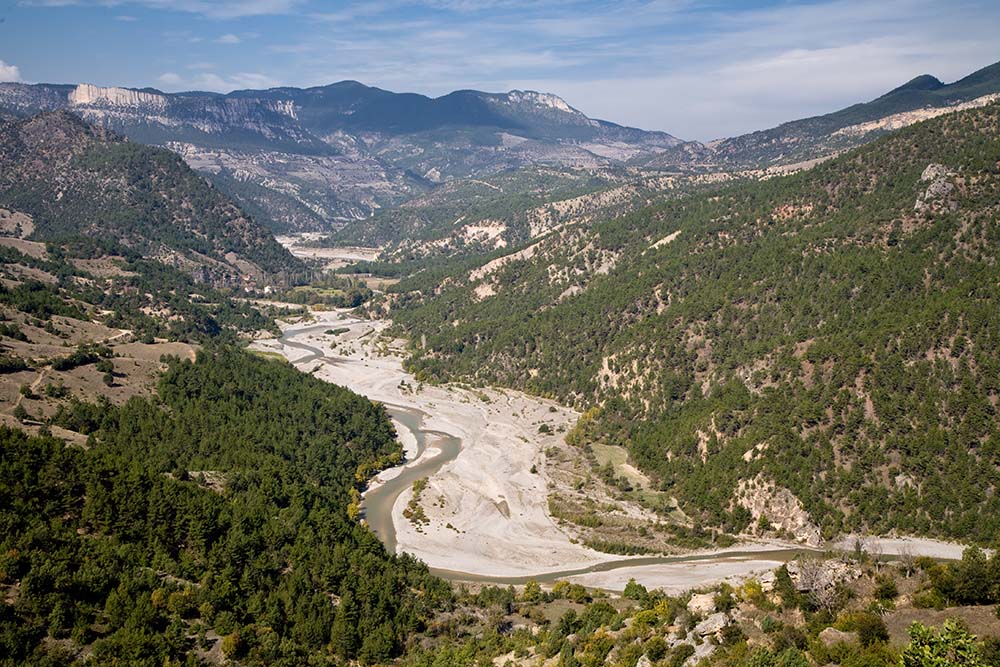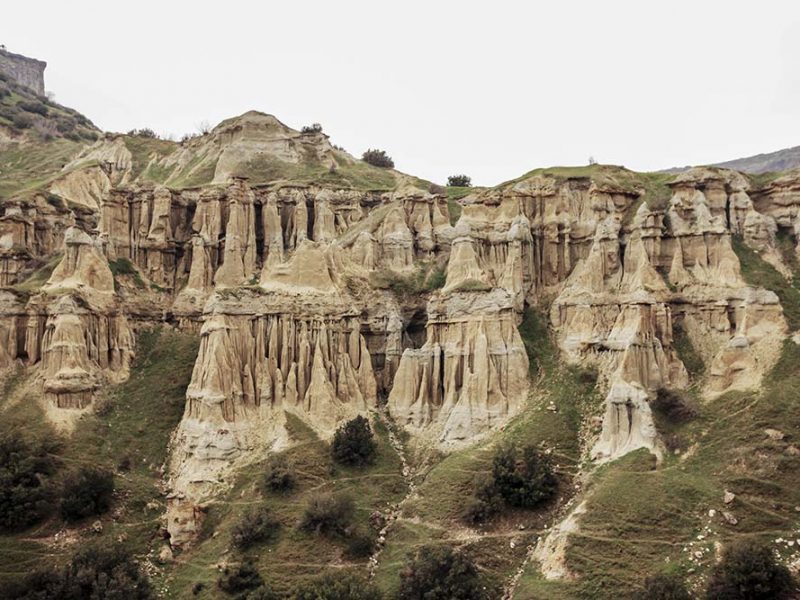We’re sure many people reading this title are thinking, “No way!” right now. But there are probably just as many saying, “I knew that.” Of course, we have nothing to say to those who already know, but for those who want to remember that our country has such a unique geography, let’s dive into this trip plan and discover fairy chimneys uutside Cappadocia.
1 – Kuladokya / Kula – Manisa
It sounds like Cappadocia, but it’s not. This is Kuladokya. Due to its soil structure, this region has fairy chimney formations similar to those in Cappadocia, and locals started calling it Kuladokya. The Anatolian historian Strabo, who was from Amasya, referred to this area as the “Burnt Land” and, arriving here 2,000 years ago, called it “Katakekaumene,” meaning “the burnt country.” He described the area as: “There are no trees here; the surface of the land is mountainous and rocky, black in color as if burned.” Kuladokya received its deserved recognition in 2012 when it was registered as a “Natural Monument,” declared a protected site, and even designated as Europe’s 58th and the world’s 100th geopark.

2 – Vanadokya / Başkale – Van
These fairy chimneys, a geological wonder awaiting discovery by tourism, are located in the village of Yavuzlar in Van’s Başkale district. Not only the fairy chimney formations but also many tunnels and caves in the same area await introduction to tourism. Vanadokya is about 33 kilometers from the center of Başkale, reachable via a 30-minute drive. The volcanic rocks spewed by Mount Yiğit, eroded by rainwater and wind, have created fairy chimneys here, just like those in Cappadocia. Inspired by Cappadocia, locals have named this place “Vanadokya.”
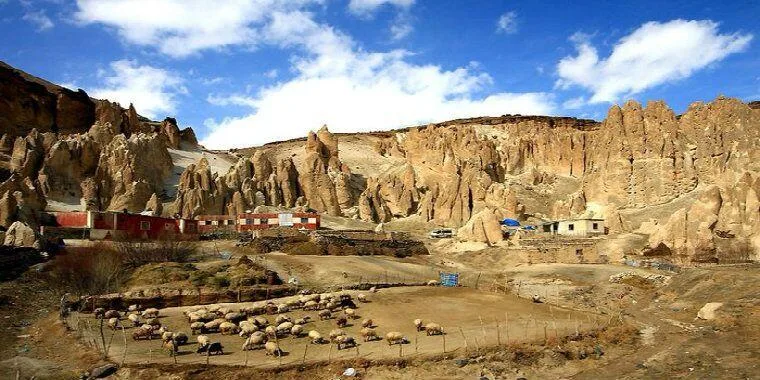
3 – Narman Fairy Chimneys / Narman – Erzurum
Because of the color of the formations in this region, it’s also known as the “Land of Red Fairies.” The fairy chimneys in Erzurum, natural monuments in their own right, are unusual due to their red color and formation process, resembling the canyons of Colorado. These shapes result from the fusion of red sandstone and similar-colored gravel, a product of compressive tectonics. Located near Yanıktaş Village, Narman Fairy Chimneys cover a vast area of approximately 6,300 hectares. Unlike Cappadocia’s volcanic fairy chimneys, those in Narman are sedimentary in structure.
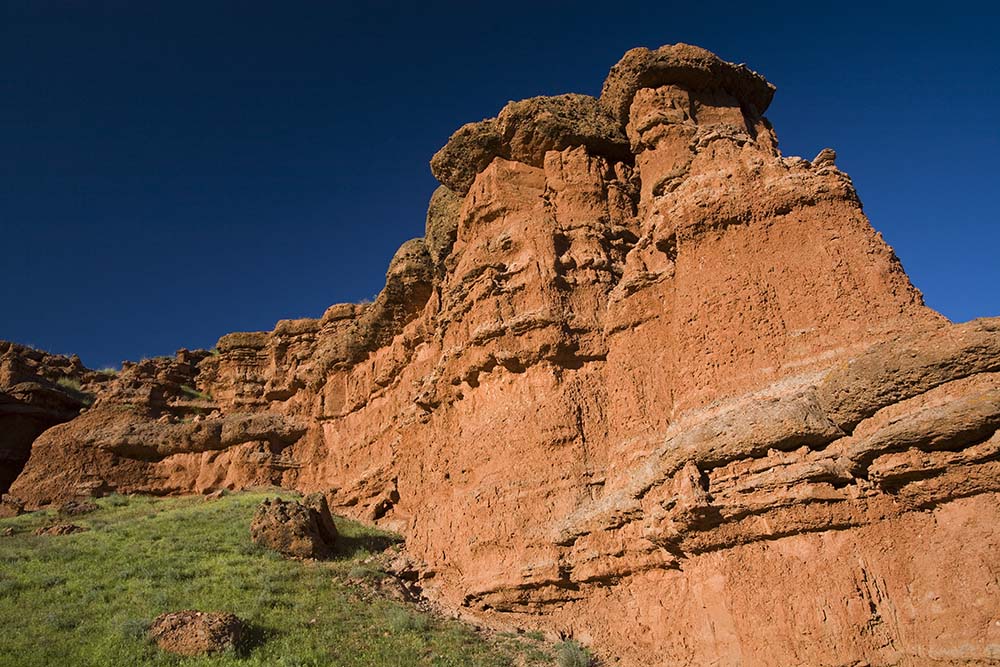
4 – Simav Fairy Valley / Simav – Kütahya
This is a valley in the Aegean region adorned with fairy chimneys. Located in the Sarıyer area of Yeniköy, part of Kütahya’s Simav district, the region is referred to by locals as either “Fairy Valley,” “Yeniköy Fairy Chimneys,” or “Simav Fairy Chimneys.” Call it whichever you prefer but do make sure to visit. For reference: it’s 415 km from Istanbul, 213 km from Izmir, 119 km from Balıkesir, and 170 km from Kütahya. Efforts to introduce the region to tourism have only recently begun.
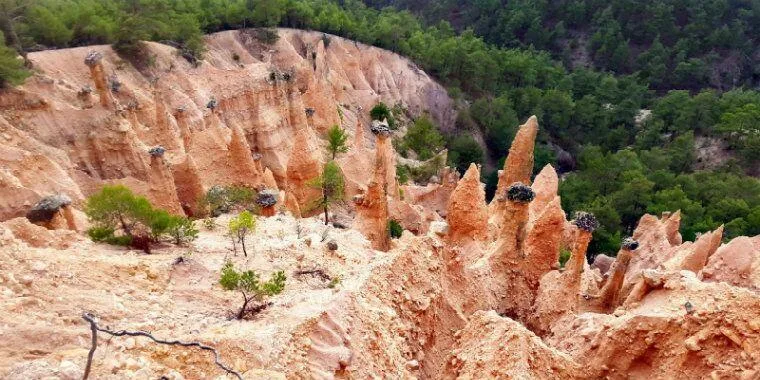
5 – Phrygian Valley Fairy Chimneys / İscehisar – Afyon
Due to its geological structure, it’s possible to encounter fairy chimney formations across Afyon’s volcanic lands in the districts of İhsaniye, İscehisar, Bayat, and Bolvadin. Located within Phrygian Valley, the “Tourism Belt Road” built by Afyonkarahisar Governorship connects the fairy chimney routes, allowing visitors to explore and discover these formations along the way.
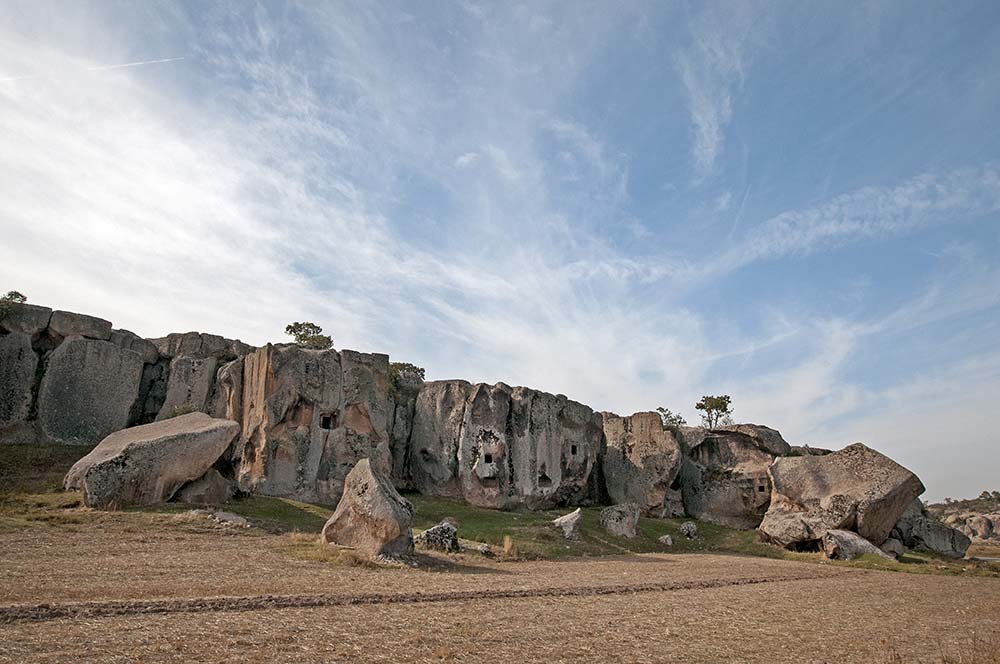
6 – Seben / Bolu
Located in the Aladağ Stream Valley south of Bolu, Seben has preserved mysterious Phrygian-era settlements to this day. Located in Solaklar village, just three kilometers from the district center, this landscape, formed by volcanic rocks eroded over centuries, features fairy chimneys, caves, intriguing canyons, and cone-shaped rocks. Visitors often describe the area as a miniature Cappadocia.
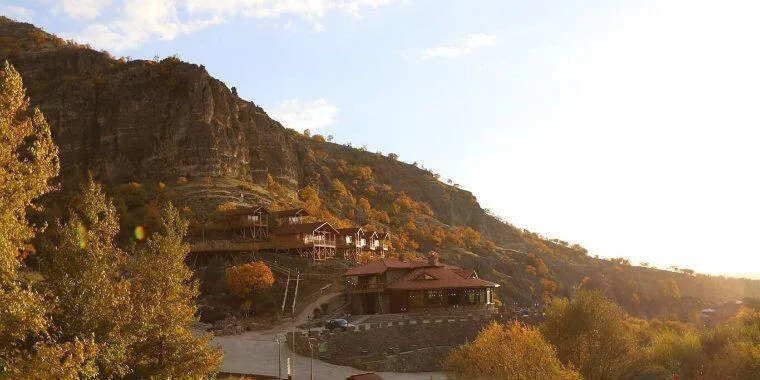
7 – Selime Fairy Chimneys / Aksaray
Selime, near Nevşehir, with similar soil composition, is another place where fairy chimneys can be found. Particularly near Selime town, considered the gateway to Cappadocia, hundreds of small and large fairy chimneys attract tourists from all over Turkey and the world. Located in this area is the Selime Cathedral, where, approximately 1,700 years ago, Christians held their first loud mass. The region also boasts hundreds of fairy chimneys similar to those seen in other parts of Cappadocia.
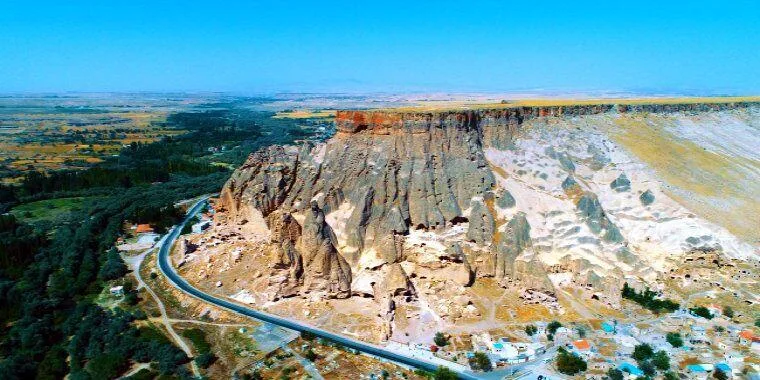
8 – Meşeli Village Fairy Chimneys / Şavşat – Artvin
Artvin is often remembered for its lush landscapes and the hidden gem that is Karagöl, but there’s another natural wonder here: the fairy chimneys in Meşeli Village, part of the Şavşat district. Unlike in Cappadocia, where you view the chimneys from below, here you look down on them. Sprouting from among pine trees, these fairy chimneys create a stunning visual feast. Located within the Karagöl Sahara National Park, the area also features Çil Lake nearby; don’t leave without seeing it.
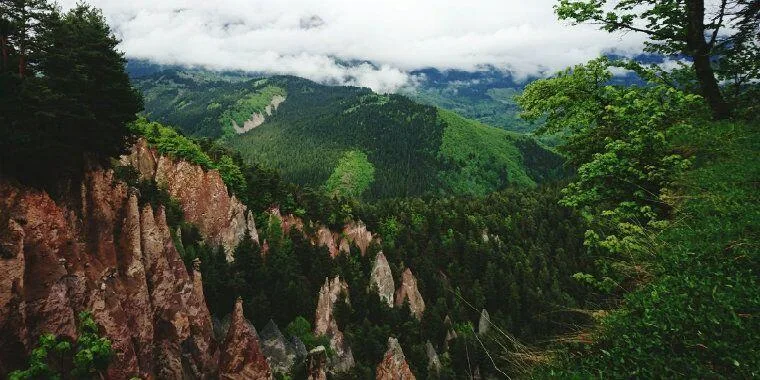
9 – Sakaeli Gelincik Rock Fairy Chimneys / Orta – Çankırı
In Sakaeli village, part of Çankırı’s Orta district, you’ll find historical rock settlements reminiscent of Cappadocia’s formations. These rock settlements, dating back to Roman and Byzantine times, are known locally as “Çankırı’s Fairy Chimneys.” The area, within Sakaeli Village, was declared a 1st-degree archaeological site in 1990. Featuring sedimentary rocks embedded with gravel stones and around 130 carved rock chambers on their surfaces, these rock dwellings stand as monuments defying time.
